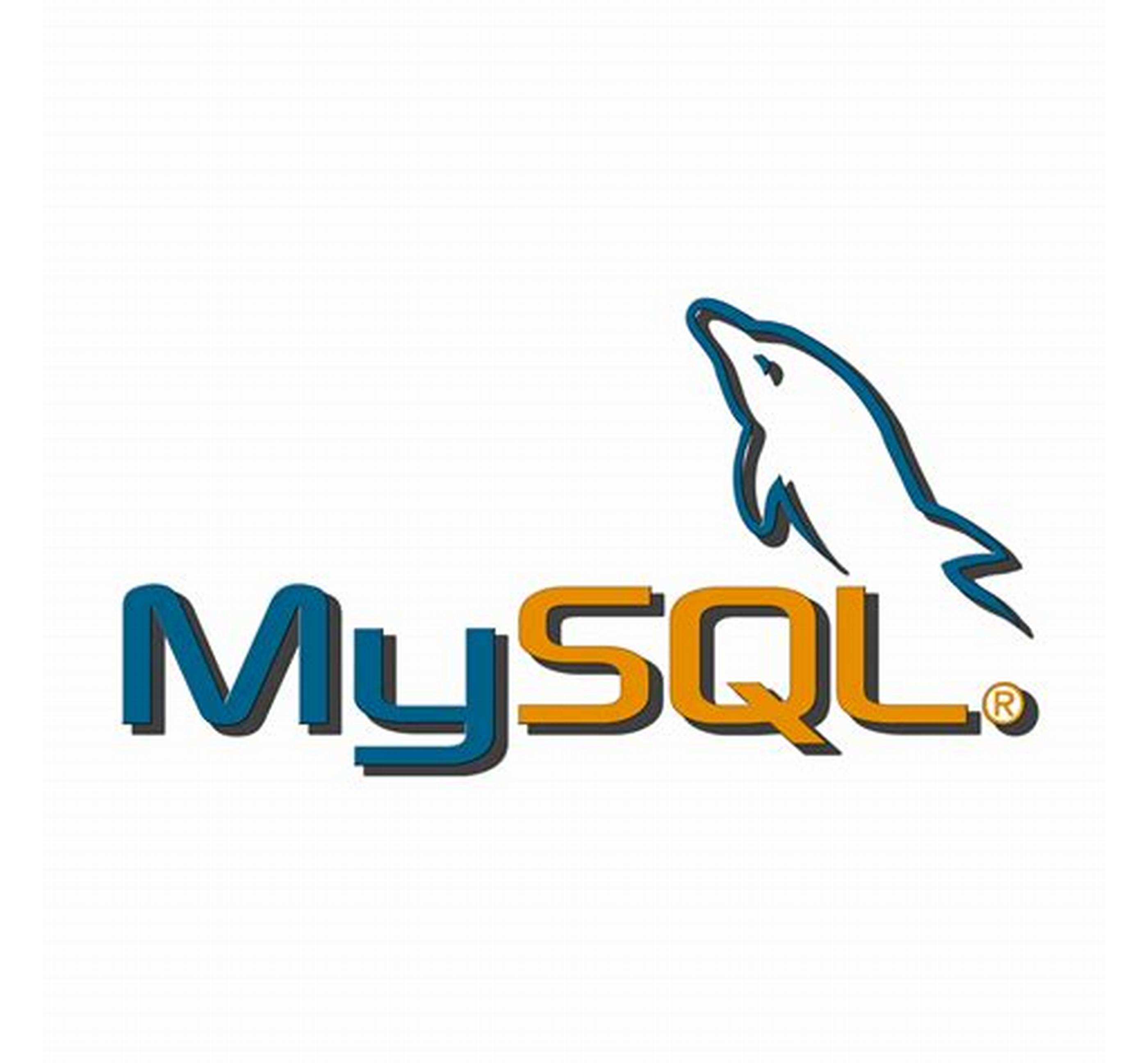Summary:
I want to make NGINX (not NGINX Plus) re-resolve the IP address from the DNS name by using a variable in proxy_pass (as suggested in this official Nginx article in the section "Setting the Domain Name in a Variable"). But when I do that it won't set/forward the correct Content-Type header, but always use text/html, for .css, .js etc. files.
My setup:
I have a frontend and a backend service running in separate Docker containers (to be deployed to OpenShift in production). There's also a third container that runs nginx:latest (v1.19.9 as of today) and acts as a reverse proxy, forwarding calls made to /my-app to the frontend and /my-app/api to the backend container. The NGINX reverse proxy has set them up as upstream servers using their DNS names. All three containers run within the same custom Docker network, so resolving in itself works fine - but only, when NGINX is (re-)started.
The problem:
When the frontend or backend container gets restarted it may get a new IP address. Since NGINX caches IP addresses I'm getting a 502 when I make calls to them. I want NGINX to re-resolve the IP address more frequently, like NGINX Plus does. This is how the problem with the Content-Type came up, when I tried to have NGINX re-resolve DNS names.
The configuration:
Here's my NGINX configuration (simplified to the relevant stuff only):
index index.html index.htm;
upstream upstream_frontend {
server frontend:8080;
}
upstream upstream_backend {
server backend:8000;
}
server {
listen 8080;
root /usr/share/nginx/html;
try_files $uri$args $uri$args/ $uri $uri/ /index.html =404;
rewrite ^/my-app$ $scheme://$http_host/my-app/ permanent;
location /my-app {
resolver 127.0.0.11 ipv6=off valid=1s;
proxy_set_header X-Real-IP $remote_addr;
proxy_set_header X-Forwarded-For $proxy_add_x_forwarded_for;
proxy_set_header X-Forwarded-Proto $scheme;
proxy_set_header X-NginX-Proxy true;
proxy_ssl_session_reuse off;
proxy_set_header Host $http_host;
proxy_redirect off;
proxy_http_version 1.1;
proxy_pass_request_headers on;
proxy_pass_header Content-Type;
# Attempt #1, NOT working: using a variable and an upstream server setup
set $frontend_var "http://upstream_frontend/";
proxy_pass http://$frontend_var;
# Attempt #2, NOT working: using a variable and directly using the container name
# set $frontend_var "http://frontend:8080/";
# proxy_pass $frontend_var;
# Attempt #3, working fine: using NO variable and an upstream server setup, , but no DNS re-resolving happening :-(
# proxy_pass http://upstream_frontend/;
# Attempt #4, working fine: using NO variable and directly using the container name, but no DNS re-resolving happening :-(
# proxy_pass http://frontend:8080/;
}
location /my-app/api {
resolver 127.0.0.11 ipv6=off valid=1s;
proxy_set_header X-Real-IP $remote_addr;
proxy_set_header X-Forwarded-For $proxy_add_x_forwarded_for;
proxy_set_header X-Forwarded-Proto $scheme;
proxy_set_header X-NginX-Proxy true;
proxy_ssl_session_reuse off;
proxy_set_header Host $http_host;
proxy_redirect off;
# Attempt #1, NOT working: using a variable and an upstream server setup
set $backend_var "http://upstream_backend/api";
proxy_pass http://$backend_var;
# Attempt #2, NOT working: using a variable and directly using the container name
# set $backend_var "http://backend:8000/api";
# proxy_pass http://$backend_var;
# Attempt #3, working fine: using NO variable and an upstream server setup, , but no DNS re-resolving happening :-(
# proxy_pass http://upstream_backend/api;
# Attempt #4, working fine: using NO variable and directly using the container name, but no DNS re-resolving happening :-(
# proxy_pass http://backend:8000/api;
}
}
(Please note the location /my-app {...} and the / at the end of the proxy_pass, as the frontend is served from /my-app, whereas the frontend container itself, also served from NGINX, is operating directly on ...:8080/, without the /my-app context path. And we have the same setup for the backend container that is listening on :8000, but when calls are forwarded to it we're removing the /my-app from them so they reach the container directly at ...:8000/api.)
NGINX is running on port 9000 and when I open http://localhost:9000/my-app using the above Attempt #1 or Attempt #2 the .css, .js, image files etc. are all served with Content-Type: text/html, which prevents the browser from properly rendering the page, and shows messages like this in the debugger pane:
The stylesheet http://localhost:9000/my-app/static/css/main.df1d2133.chunk.css was not loaded because its MIME type, ”text/html“ is not ”text/css"
At first I thought proxy_pass_header Content-Type; would fix this, but that doesn't help either.
And then I also learned from this NGINX bug ticket that "When using variables in proxy_pass, if URI is specified, it is passed to the server as is, replacing the original request URI.". This seems to be a possible cause for the Content-Type issue I have here.
Also, as you can see in the configuration I have set the Docker DNS IP: resolver 127.0.0.11 ipv6=off valid=1s;. I have also tried setting it outside the location block, that also didn't help.
Question:
So how do I have DNS re-resolving in NGINX (Open-Source) with the proper Content-Type still set? I don't have to use upstream servers, so I can get rid of them, should that be part of a possible fix.
P.S.:
I can't, as suggested in other StackOverflow comments, add separate location blocks to "retroactively" fix the Content-Type depending on folder, file name etc., because this is an evolving project and I worry it would require me to keep adding such hotfixes to the NGINX configuration on a regular basis.
EDIT:
The configuration I posted is included by NGINX's Docker container's configuration file which is this one, in case you were wondering about a few "missing" settings:
user nginx;
worker_processes 1;
error_log /var/log/nginx/error.log warn;
pid /var/run/nginx.pid;
events {
worker_connections 1024;
}
http {
include /etc/nginx/mime.types;
default_type application/octet-stream;
log_format main '$remote_addr - $remote_user [$time_local] "$request" '
'$status $body_bytes_sent "$http_referer" '
'"$http_user_agent" "$http_x_forwarded_for"';
access_log /var/log/nginx/access.log main;
sendfile on;
keepalive_timeout 65;
# This line includes my configuration above
include /etc/nginx/conf.d/*.conf;
}






 已为社区贡献15557条内容
已为社区贡献15557条内容

所有评论(0)